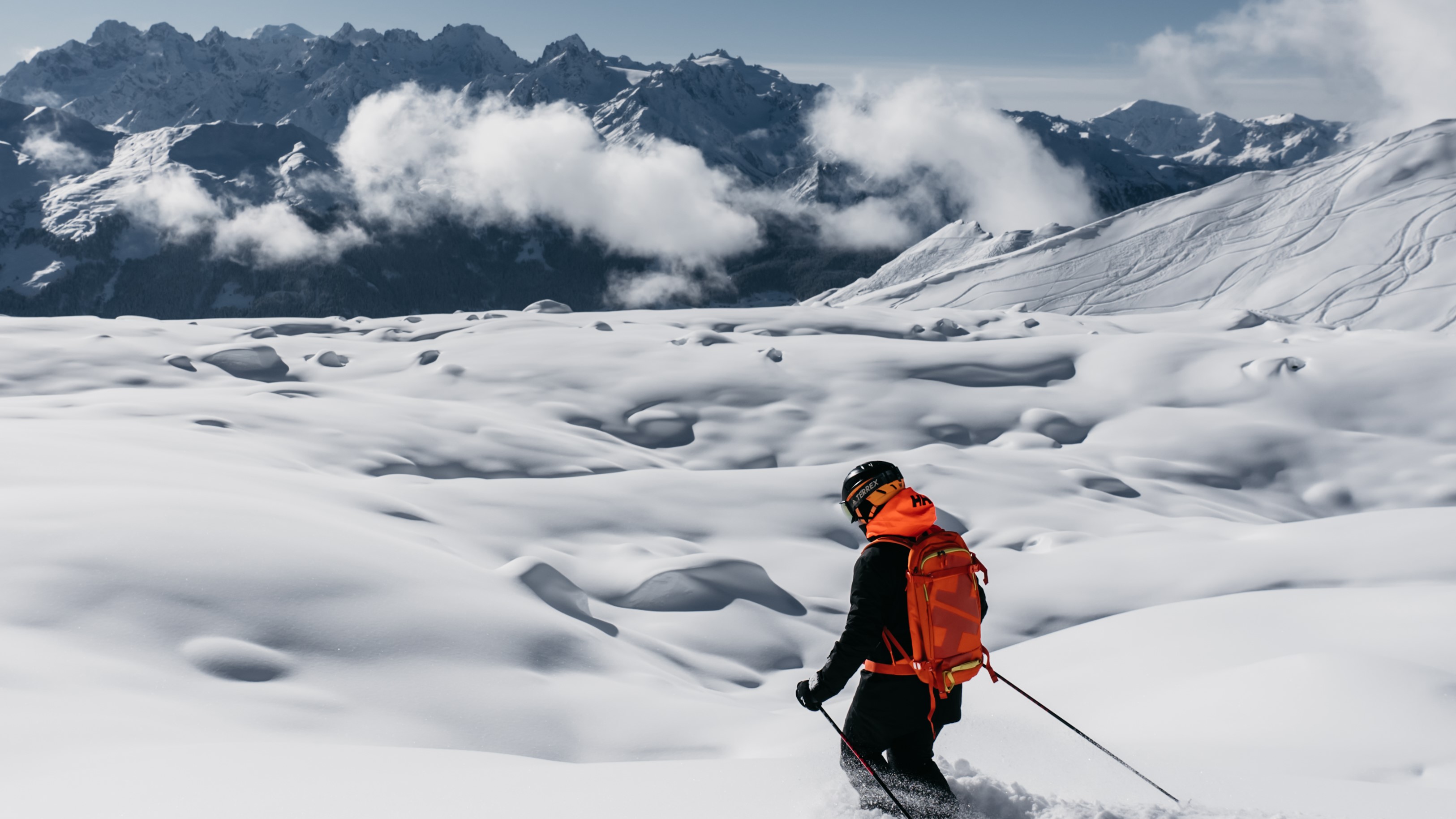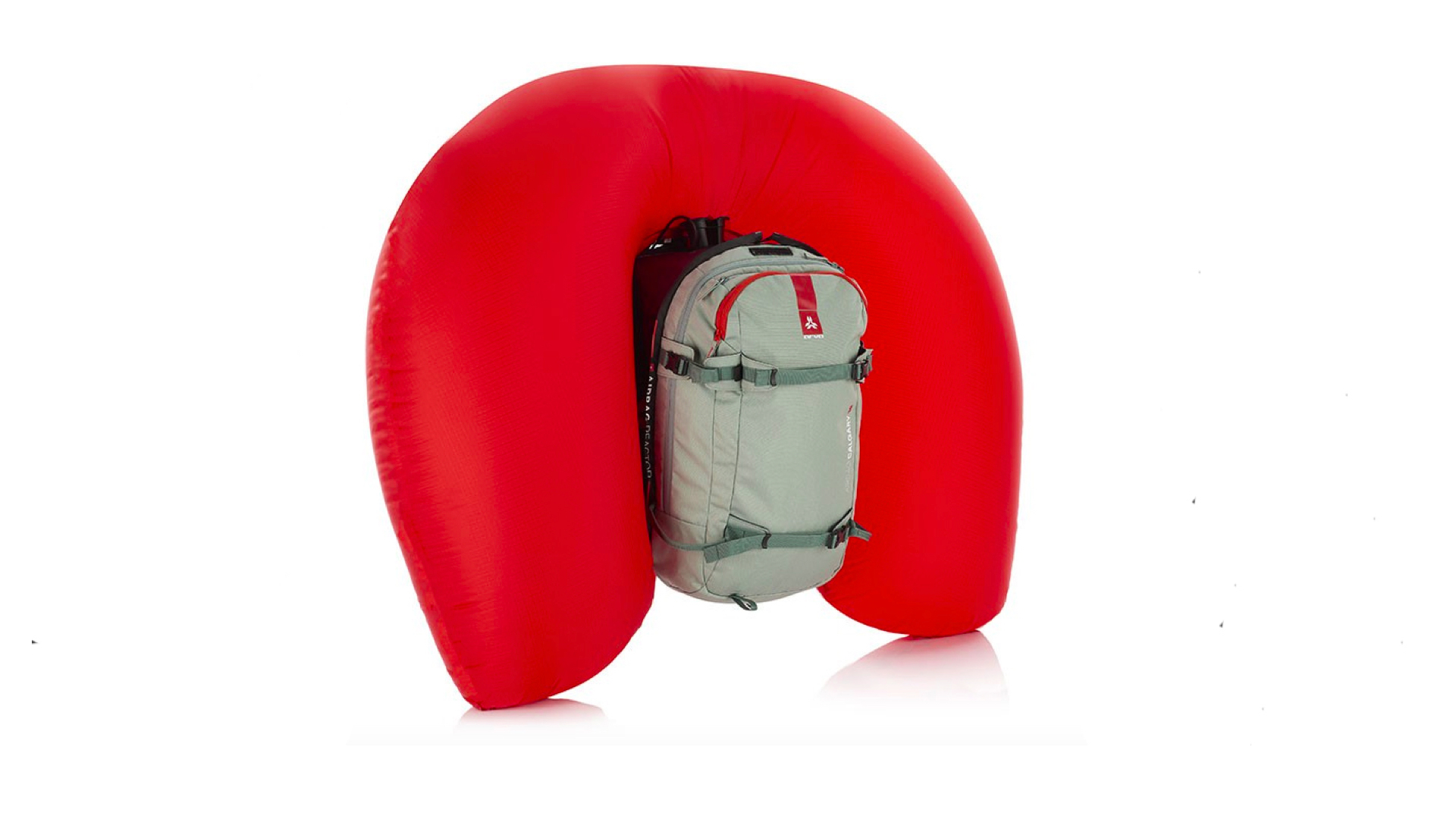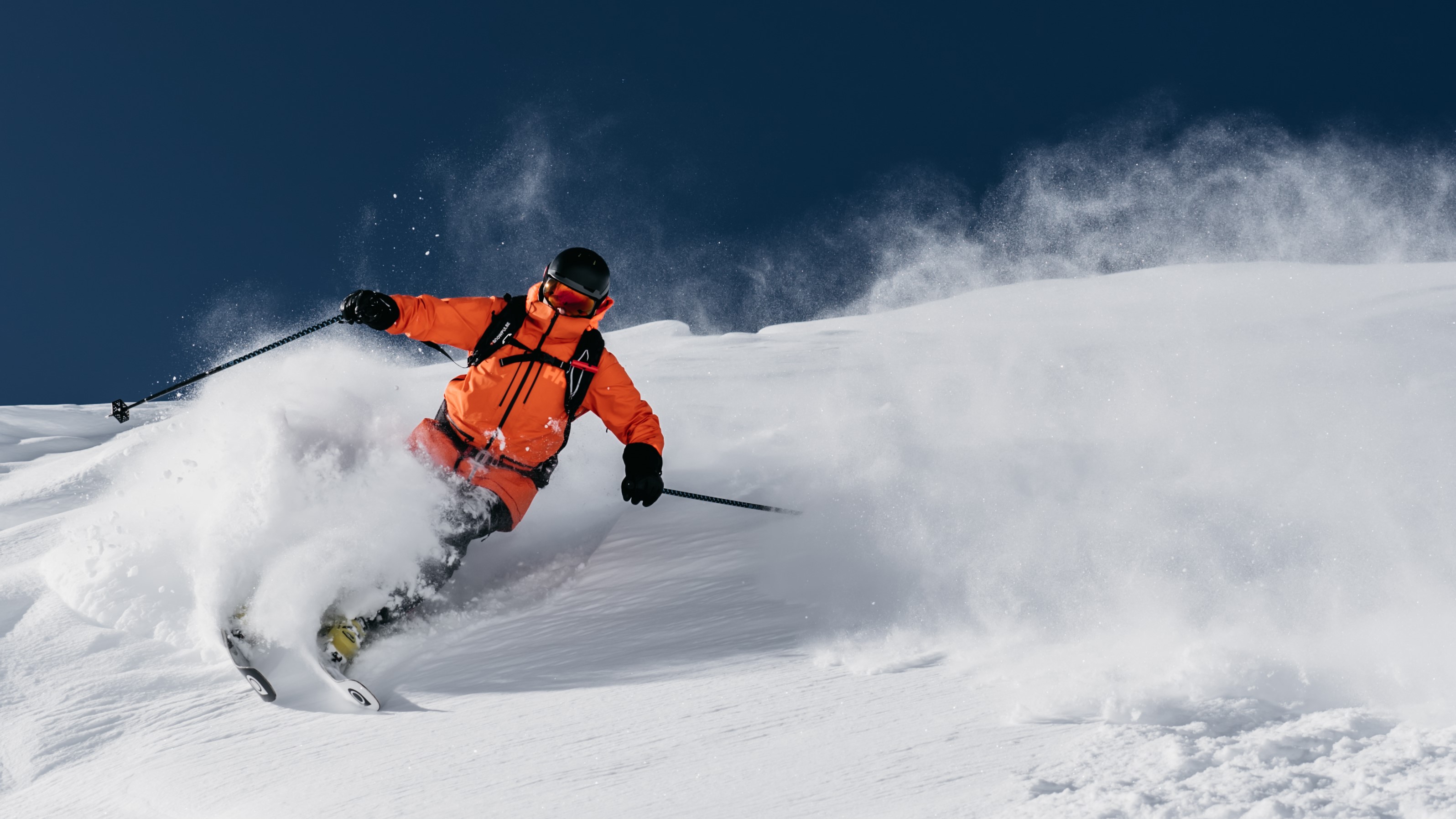Are avalanche airbag backpacks worth it?
We answer your questions around avalanche airbag backpacks for skiing, including how they work, their success rate, and the two different types on the market

After decades of reveling in the conveniences of skiing at resorts, skiers are turning to the backcountry in droves. Industry figures show that backcountry skiing increased once again in 2022, with skiers and snowboarders hungry for powder skiing away from the masses. That trend has been accompanied by a surge in avalanche fatalities – according to the Guardian, 2021 saw the deadliest week in avalanche history since 1910.
If you’re heading into the backcountry, you’re going to want to start with some avalanche safety training and go shopping for a proper ski backpack that allows you to carry food, water, extra base layers and avalanche safety gear such as a probe, shovel and beacon. For added safety, you might also be considering getting yourself kitted out with an avalanche airbag.

How does an avalanche airbag work?
An avalanche airbag is an airbag designed to fit inside – or already integrated into – a ski backpack. Naturally, you might be thinking about the airbags in your car, which deploy upon detecting a collision. No good, you're thinking; if you just happen to take a hard tumble on the slopes and end up turning into a giant orange balloon, that will definitely get you on Jerry of the Day.
To deploy an avalanche airbag, you’ll need to pull on a cord or handle on the shoulder strap, at which point a brightly colored balloon will activate, filling with some 150 liters of air or other gas. It's rather like the airbag in your car in that sense, but the goal isn't to provide trauma protection; rather, it’s to keep you buoyant so that you don’t get buried, because you’ll have more volume than you normally do, which keeps you higher. The analogy that’s often used to explain how they work is that if you take a bag of trail mix and shake it, all the small sesame seeds will sink to the bottom of the bag and those big banana chips will stay at the top. If you’re able to deploy your airbag when you get caught in a slide, you’re a banana chip.
Further, if you do get buried, the airbag may allow a little more of an air pocket around you so that you can keep breathing until someone digs you out. Lots of new ski backpacks are built to be airbag compatible, such as the Arva Airbag Reactor Calgary 18, while some such as Mammut’s Pro X Removable Airbag 3.0 come with a removable airbag already installed and others come with an integrated, non-removable airbag.

How effective are avalanche airbags?
Backcountry adventures are best supported by safety gear, from avalanche beacons and climbing helmets to emergency blankets and hiking whistles. It all gives us a sense of security, and by default perhaps more confidence, but it doesn’t always provide as much protection as you might think. Case in point, the RECCO reflector, which could in theory save your life if a ski patroller was nearby who happened to have a detector, but is a passive device that doesn’t transmit a signal to communicate your circumstances or location.
So what about an avalanche airbag? It definitely adds some cost to your ski gear, to the tune of at least $500 for the airbag alone, and a couple of kilos to your ski day. No big deal if it ensures you survive a slide in the backcountry, but is it effective enough to be worth it all?
All the latest inspiration, tips and guides to help you plan your next Advnture!
According to the Utah Avalanche Center, research shows that a deployed avalanche airbag will reduce mortality by 50% in all cases where the user was able to deploy their airbag, which doesn’t sound bad, especially when you consider that you’ve only got about 15 minutes to survive if you get buried.
But, you might be thinking, an avalanche airbag needs to be manually deployed, and there are a few reasons why this might not be possible. If you're getting swept downhill in an avalanche, you simply might not have time or wherewithal to reach for the cord, your arm could be restricted by your ski pole or you could not have set up your airbag correctly and be unable to reach it. Taking that into account, the research reported by the UAC does note that in one fifth of cases, the user was unable to deploy their airbag, and adjusting for that brings the overall effectiveness down to 41%.

There are also a few other factors to consider: an airbag won’t protect you from blunt force trauma if you hit a tree or rock in the slide, it’s just a flotation device, and it won’t work as well in a narrow area such as a gully, which is often where deadly slides occur. There’s also a fairly common phenomenon called a secondary avalanche, which could bury you even if you’ve stayed atop the first slide.
So, it’s not a foolproof plan, and it doesn't work the way a life vest does if you go overboard on a sailing expedition, but if you wear it properly and stay out of narrow gullies, it will increase your odds of survival. The best way to survive an avalanche of course is to stay off slopes that are steeper than 30 degrees in the backcountry.

Electric vs canister airbags
When you’re shopping for an avalanche airbag, you’ll notice that there are a couple of different broad types out there, namely canister and electric. For a long time, your only option was a canister airbag, which uses a compressed gas canister to fill the bag. These are lightweight, but it’s difficult to travel on a plane with them, which means that you can’t very easily fly with them (though some are designed to be emptied and refilled, but that’s also a hassle). Check Backcountry Access for details on traveling with a canister airbag. You’ll also need to refill or replace the gas canister after each deployment, though ideally you never actually have to deploy yours.
Newer to the market are electric airbags, which operate on a battery-powered fan to fill the bag with air and have the advantage of being reusable, and permitted on planes. You can also get multiple inflations from one battery charge. That said, they’re heavier than their gas counterparts, but you can be certain that manufacturers are currently doing everything in their power to make them lighter. No matter which you choose, the bottom line is that you need to read the instructions carefully and use yours properly for it to protect you in a slide. Make sure to read the maintenance manual properly, and check yours before you hit the backcountry.
- Best winter hiking boots: for warm feet on snowy adventures
Julia Clarke is a staff writer for Advnture.com and the author of the book Restorative Yoga for Beginners. She loves to explore mountains on foot, bike, skis and belay and then recover on the the yoga mat. Julia graduated with a degree in journalism in 2004 and spent eight years working as a radio presenter in Kansas City, Vermont, Boston and New York City before discovering the joys of the Rocky Mountains. She then detoured west to Colorado and enjoyed 11 years teaching yoga in Vail before returning to her hometown of Glasgow, Scotland in 2020 to focus on family and writing.

